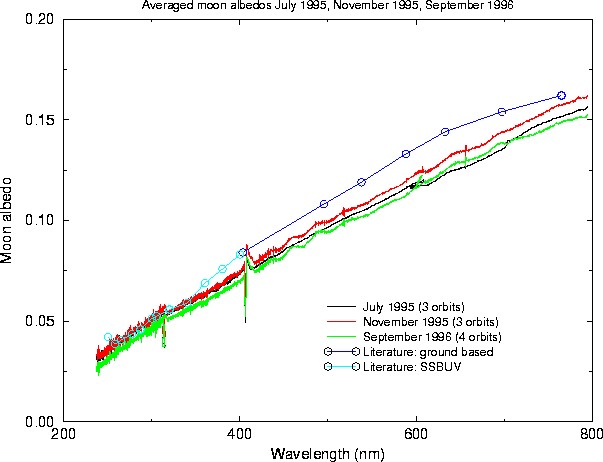Have you ever glanced at the moon and noticed it glowing with a reddish hue? This captivating sight often sparks curiosity: Why Is The Moon Red Tonight? The answer lies in atmospheric effects, similar to why sunsets paint the sky in vibrant reds and oranges. This article delves into the science behind a red moon, explaining the phenomenon in an easy-to-understand way.
The reddening of the moon is directly related to the scattering of light as it passes through Earth’s atmosphere. This effect is known as Rayleigh scattering, where shorter wavelengths of light, like blue and violet, are scattered more effectively than longer wavelengths, such as red and orange. When the moon is low on the horizon, its light travels through a greater amount of atmosphere to reach our eyes. This longer path means more of the blue light is scattered away, leaving the redder wavelengths to dominate what we perceive. Think of it like a sunset: the sun appears redder near the horizon for the same reason.
Pollution, both natural and artificial, can further enhance this effect. Particles in the atmosphere, beyond just air molecules, can also scatter and absorb light. Increased levels of dust, smoke, or volcanic ash can intensify the scattering of blue light, leading to a more pronounced red appearance of the moon. This is why after events like wildfires or volcanic eruptions, red moons might seem more frequent or intensely colored.
It’s interesting to note that the moon itself isn’t actually white or gray, as it’s often perceived. In reality, the moon has a slightly orange tint. This can be observed in its spectral albedo, which measures its reflectivity across different wavelengths of light. The moon reflects more red and orange light compared to blue and green, although this difference is subtle to the naked eye under normal conditions.
When we analyze images of the moon, even those taken from space, we can observe this color variation. In fact, analyzing a photo of the moon reveals a progression from blue to red, indicating that the moon reflects different amounts of each color.
By isolating the moon in such images and measuring the average pixel values for red, green, and blue channels, we find a higher proportion of red compared to blue. This aligns with the albedo plot and confirms the moon’s slightly orange base color, which becomes more apparent when atmospheric conditions enhance the red wavelengths.
In conclusion, if you witness a red moon tonight, it’s a beautiful demonstration of atmospheric science in action. Rayleigh scattering and, potentially, pollution are filtering out the blue light, allowing the redder hues to dominate and giving the moon a dramatic, fiery appearance. This effect, combined with the moon’s inherent slightly orange tint, creates the captivating spectacle of a red moon.

